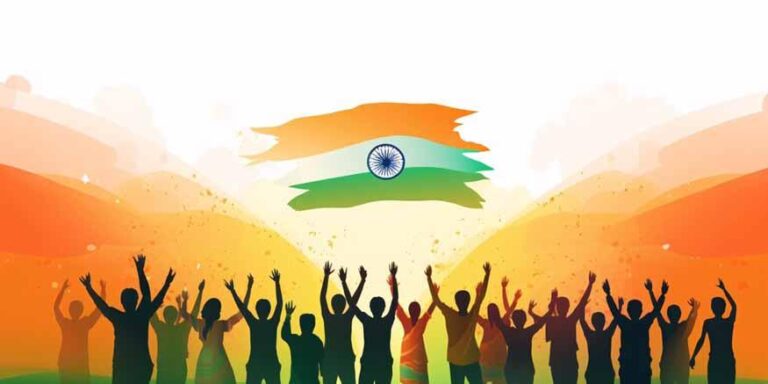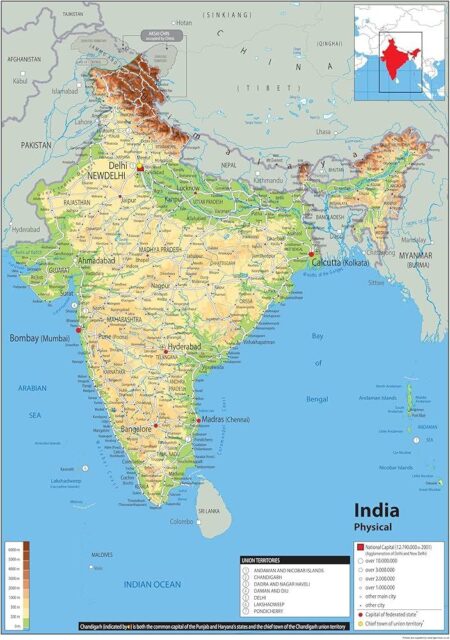In a country where the shadows of authoritarianism loom large, the quest for personal freedom becomes both a pressing urgency and a complex challenge. Despite the robust democratic framework that India established at its inception, recent years have witnessed a noticeable tightening of political discourse, a clampdown on dissent, and a stifling of civil liberties.From curtailed media freedoms to the escalating risks faced by activists and ordinary citizens alike, the fabric of Indian society is undergoing a transformation that many fear could jeopardize the basic rights enshrined in its Constitution. However, amid thes adversities, individuals and communities are finding innovative ways to reclaim their agency and assert their rights. This article explores the multifaceted pathways to freedom in contemporary India, highlighting grassroots movements, digital activism, and the resilience of civil society. By examining these narratives, we aim to shed light on not just the struggles against authoritarianism, but also the enduring spirit of resistance that defines India’s pursuit of liberty in an increasingly constrained landscape.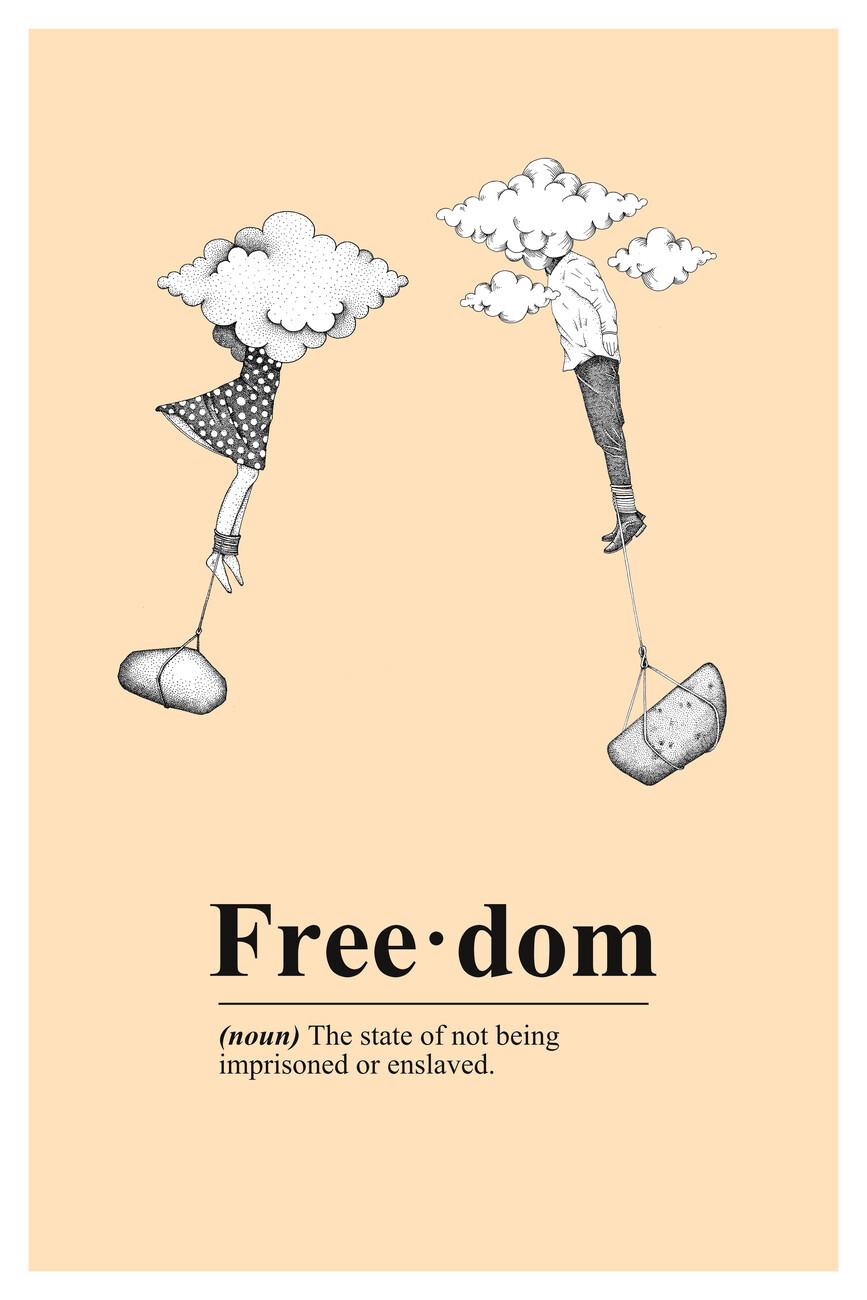
Navigating Censorship and Digital Surveillance
In a landscape shaped by stringent censorship and pervasive digital surveillance, navigating the complexities of data access can be daunting. Citizens in an authoritarian setting must equip themselves with strategies to protect their privacy and secure their freedom of expression. Here are a few methods to consider:
- Utilize VPNs: Virtual Private Networks can mask yoru location and encrypt your internet traffic, making it harder for authorities to track your online activities.
- Secure Messaging Apps: Opt for encrypted messaging platforms like Signal or Telegram to communicate safely with others without fear of interception.
- Accessing Information Wisely: Use alternative search engines and platforms that prioritize user privacy and bypass censorship blocks.
Understanding the motivations behind state surveillance can further empower individuals. Governments frequently enough justify their actions as necessary for national security or public order, but the implications for personal freedoms are notable. Here’s a concise comparison of state claims versus individual rights:
| State Claims | Individual Rights |
|---|---|
| Monitoring for safety and security | right to privacy |
| Suppressing dissent for social harmony | Right to free speech |
| Controlling information flow | Right to information |
By understanding these dynamics and utilizing available tools wisely, individuals can carve out a space for themselves—even in restrictive environments. Resilience is key, and a well-informed populace can challenge authoritarian practices effectively.

Building Resilience through Community engagement
In an increasingly oppressive landscape, the power of community engagement emerges as a vital tool for fostering resilience against authoritarian pressures.Grassroots movements are not only pivotal in advocating for social change but also play a crucial role in nurturing solidarity among individuals facing similar challenges. Engaging with local organizations, participating in community forums, and forming support networks can create a robust foundation for collective resilience. By actively participating in community events, citizens can exchange ideas, share experiences, and develop strategies to navigate the complexities of living under authoritarian rule.
Communities that engage in dialog and cooperative action often succeed in cultivating a sense of belonging and emotional support. Here are some effective methods for enhancing resilience through community participation:
- Organizing Workshops: Create spaces for education on civil rights and advocacy skills.
- Forming Support Groups: Establish networks where individuals can discuss personal experiences and coping strategies.
- Hosting Cultural Events: Celebrate local art,music,and traditions to strengthen community ties.
- Collaborating with NGOs: Leverage external resources for training and community advancement initiatives.
By harnessing the collective strength of community engagement, individuals can find freedom not only in their personal lives but also within a larger movement that seeks to dismantle the constraints imposed by authoritarianism. Together, they cultivate networks of mutual support, encouraging one another to persist in the face of adversity and to envision a more liberated future.
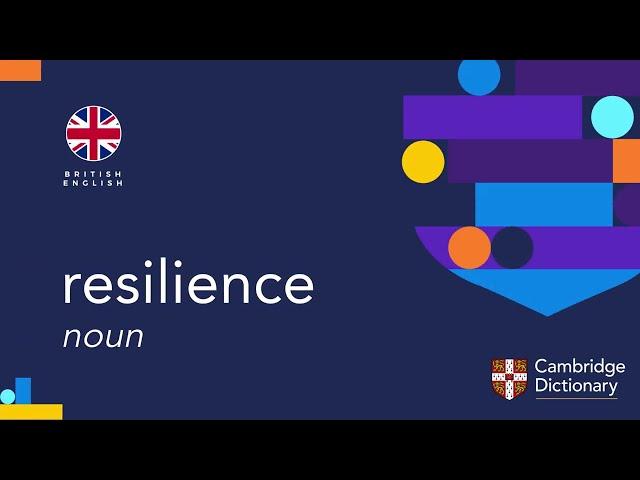
Harnessing Art and Culture for Resistance
In the face of authoritаriаnism, art аnd culture emerge not just as forms of expression but as vital instruments of resistаnce.By fostering a sense of community and solidarity, creatives can challenge oppressive narratives that seek to silence dissent. artists, musicians, and writers often become the voice of the marginalized, using their work to highlight social injustice and provoke critical dialogue. Their creations can serve as powerful reminders of shared histories and aspirations, resonating with those who seek to reclaim agency in an surroundings of subjugation. key avenues through which art becomes a medium of resistance include:
- Public Installations: Transforming spaces into platforms for protest, prompting passersby to engage with political commentary.
- Street Art: Utilizing the urban landscape to disseminate messages of hope and challenge authority.
- Performance Art: creating immersive experiences that confront viewers with harsh realities, fostering empathy and action.
Moreover, collaborations among artists from diverse backgrounds can amplify voices and catalyze change. Cultural festivals, exhibitions, and community outreach initiatives not only serve as arenas for artistic expression but also as gathering points for activism. By merging tradition with contemporary art forms,creators can forge a sense of identity that empowers the collective. A striking example is the resurgence of folk forms infused with modern messaging,drawing in younger generations while paying homage to their roots. The impact of these endeavors can be seen in the following ways:
| Art Form | Impact |
|---|---|
| poetry | Mobilizes discourse and encapsulates the spirit of resistance. |
| Music | Serves as a rallying cry, uniting people through shared anthems. |
| Theatre | Provokes introspection, challenges norms, and inspires action. |
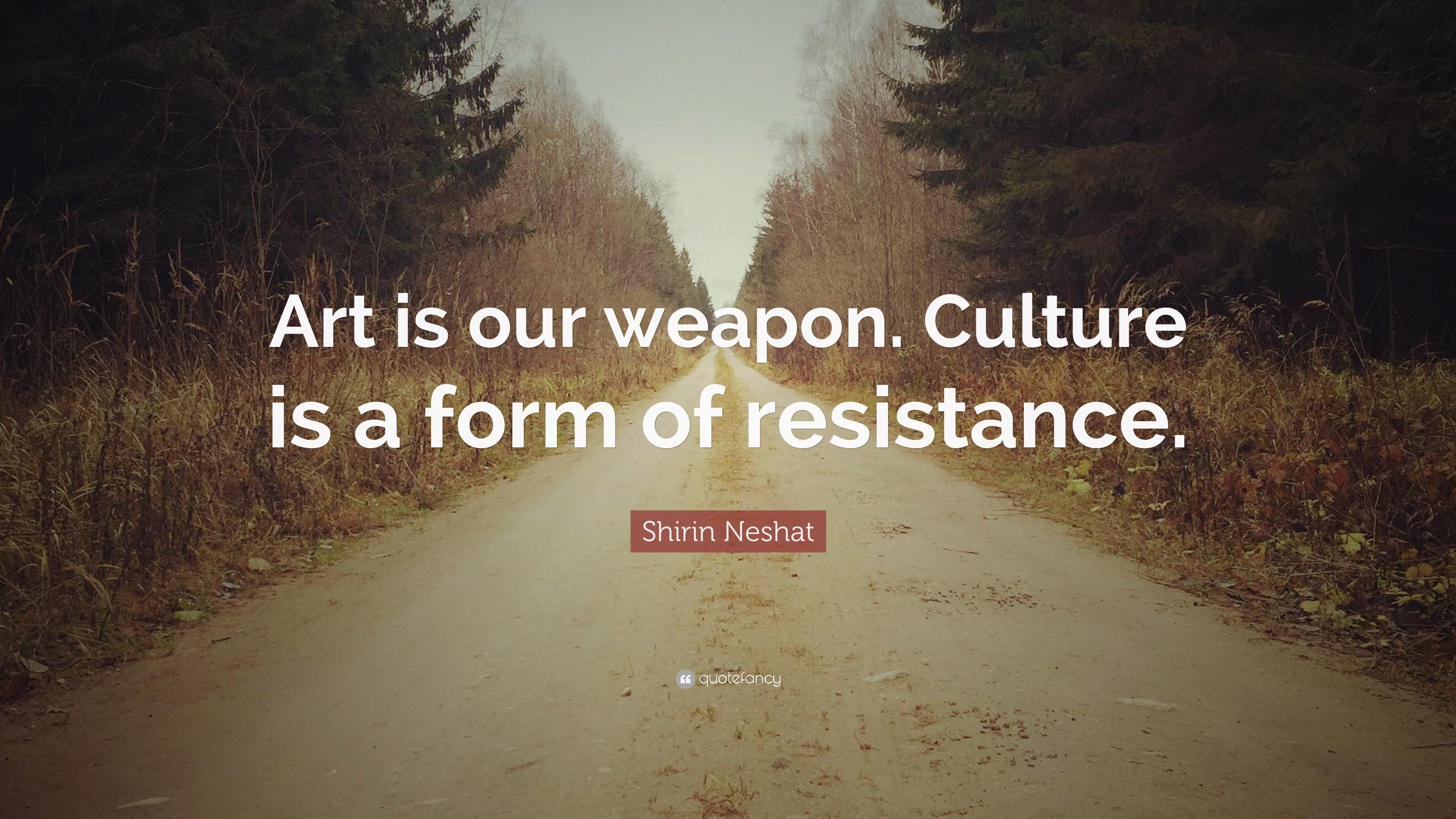
Advocating for Legal Rights and Reforms
In a landscape where dissent is frequently enough curtailed, it is indeed imperative to foster an environment that promotes and safeguards legal rights. Grassroots movements are pivotal in this endeavor, as they galvanize public support and pressure legislative bodies to advocate for reforms that uphold *fundamental freedoms*. Community workshops, legal aid clinics, and public demonstrations serve as platforms for raising awareness about human rights. Citizens are encouraged to be vigilant and educated about their legal protections, which can empower them to stand against injustices more effectively.
Moreover, collaboration with legal experts, NGOs, and international bodies can create a strong coalition aimed at influencing policy change.This can be achieved through:
- Petitions: Mobilizing the public to sign collective petitions that call for specific reforms.
- Legal Advocacy: Partnering with law professionals to challenge unjust laws in courts.
- Raising Funds: Supporting legal battles and campaigns that seek to uphold civil liberties.
- Media Engagement: Utilizing social media and customary media to amplify voices and issues that matter.
Such multi-faceted approaches not only inform the citizenry but also forge a path toward a more equitable society where individual freedoms are recognized and protected.

Future Outlook
navigating the complexities of life in authoritarian India requires a multifaceted approach that combines awareness, resilience, and action. As we have explored throughout this article, finding freedom in a repressive environment is not merely an individual endeavor; it demands collective efforts and a commitment to preserving democratic values. Engaging with civil society, utilizing digital platforms for awareness and mobilization, and fostering solidarity within diverse communities are all vital strategies that can empower individuals and amplify their voices.While the challenges posed by authoritarianism may seem daunting, history has shown us that resistance takes many forms and often arises from the most unexpected places. By understanding the mechanisms of control and actively seeking out spaces for dissent,we can cultivate a culture of resistance that defies oppression. Remember, true freedom is not just the absence of constraints; it is the presence of opportunities for expression, participation, and justice.
As we move forward, let us remain vigilant and hopeful. The journey towards freedom in India may be fraught with obstacles, but it is one that many continue to undertake with courage and conviction. The fight for a just society is ongoing, and collective action is our strongest tool in reclaiming the rights and freedoms that belong to every individual.

